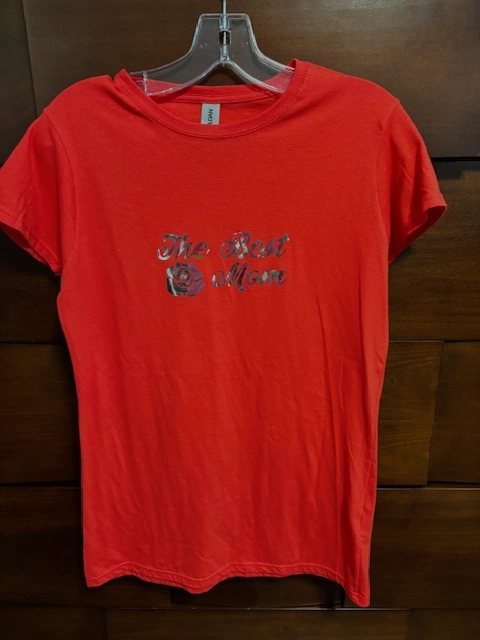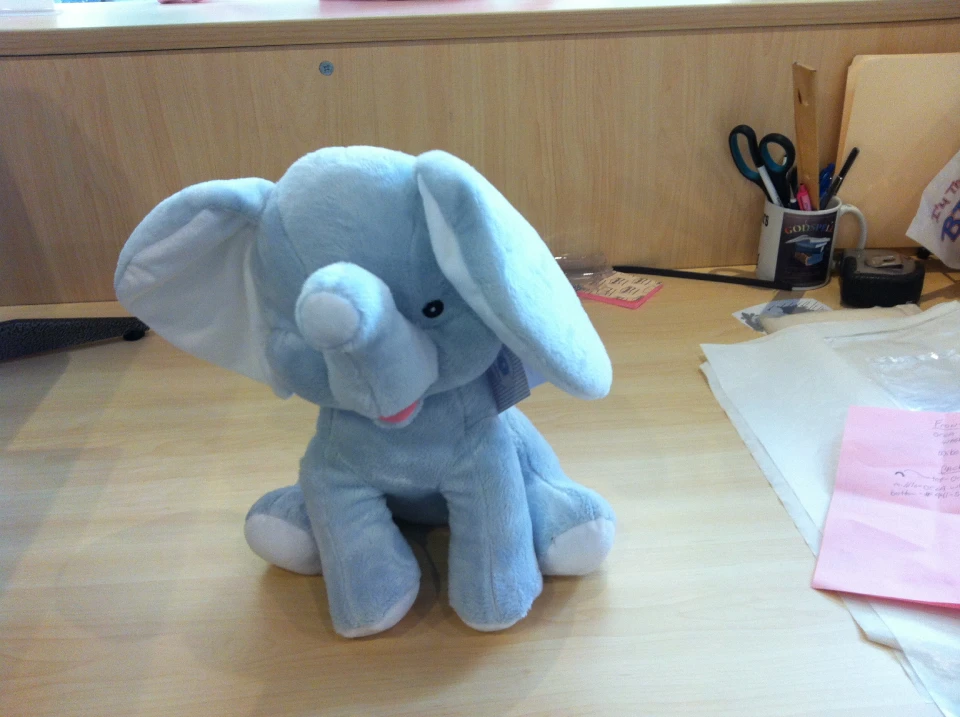The Art of Custom-made Embroidery: Unlocking the Tricks to Creating Special and Memorable Designs
The secrets to producing custom needlework designs that captivate the eye and leave an enduring perception lie in a fragile equilibrium of method, imagination, and focus to detail. As we dive right into the world of custom-made embroidery, we uncover the nuanced interplay in between thread choice, stitch intricacy, and layout customization that boosts a mere garment to a job of art.
Choosing the Right Embroidery Threads
When choosing embroidery strings, what crucial variables should you take into consideration to make certain the ideal results for your customized styles? The selection of needlework thread is important in determining the final result of your embroidered style. One of the primary considerations is the product of the string. Various materials such as cotton, polyester, rayon, and silk offer varying degrees of luster, durability, and appearance. It is vital to select a string product that complements the textile you are embroidering on and straightens with the preferred look of the style.
Thicker threads can include dimension and structure to your style, while finer strings are suitable for detailed details and tiny message. Additionally, taking into consideration the shade fastness and washability of the thread is vital to guarantee that your personalized styles keep their quality and vibrancy over time.
Exploring Different Stitch Strategies
To look into the realm of 'Exploring Different Stitch Methods', one need to understand the ins and outs and subtleties that each sewing approach brings to the art of embroidery. Different stitch strategies not only add aesthetic passion yet likewise add to the general structure and measurement of the layout. One popular stitch technique is the satin stitch, which includes carefully jam-packed parallel stitches to create a smooth and glossy surface, suitable for completing shapes and creating bold outlines.
On the various other hand, the backstitch is a functional method typically made use of for detailing and adding great information. It involves stitching backwards to develop a strong line of embroidery. Additionally, the French knot stitch adds a responsive component to styles, ideal for producing distinctive accents like blossom centers or ornamental touches.
Exploring various stitch techniques permits embroiderers to have fun with light, darkness, and deepness within their designs, elevating the aesthetic allure and artistic quality of their embroidery projects. By understanding different sewing methods, one can unlock endless opportunities for creating distinct and remarkable custom needlework pieces.
Incorporating Personalized Design Elements
Having actually discovered the ins and outs of various stitch strategies such as the satin stitch, backstitch, and French knot, the emphasis currently changes in the direction of including personalized style components in custom embroidery jobs. Individualized design elements play a critical role in making embroidery tasks really special and remarkable.
An additional way to integrate personalized layout elements click is by including symbols or concepts that hold unique meaning to the recipient or mirror their passions and personality. Including a favored flower, pet, or hobby-related sign can make the embroidery design much more purposeful and customized. Furthermore, choosing colors that reverberate with the recipient or line up with the designated motif can even more boost the personalization of the needlework project.
Grasping the Art of Color Control

One key aspect of color control is comprehending color concept. This includes knowing exactly how various shades connect with each various other, the emotions they share, and how they can be combined to create visually appealing designs. By applying shade theory principles, embroiderers can develop unified shade palettes that improve the general appearance of the design.
Additionally, taking notice of contrast is essential in color coordination. Making use of contrasting shades can aid certain elements of the design pop, improve clarity, and produce a visually vibrant embroidery piece. By grasping the art of shade control, embroiderers can elevate their styles and develop remarkable pieces that reverberate with customers their website and customers alike.
Enhancing Texture With Advanced Embroidery Stitches

Bullion knots, on the other hand, can be used to produce twisted, ropelike aspects that include an extravagant feel to the needlework. Experimenting with these sophisticated embroidery stitches permits you to press the boundaries of conventional embroidery and create truly unique and visually appealing appearances in your designs.
Verdict
In verdict, the art of custom embroidery involves a combination of choosing the ideal strings, checking out various stitch techniques, integrating customized layout aspects, understanding shade sychronisation, and improving structure with innovative stitches. By recognizing and executing these crucial elements, embroiderers can develop unique and unforgettable styles that display their imagination and ability. Embroidery fanatics can open the tricks to creating lovely and custom pieces that stand apart and leave a lasting perception.